Gastric bypass surgery is a combined type of surgery and is the most commonly performed.. Gastric bypass surgery is a treatment method that draws attention with its successful results in surgical interventions to combat obesity. The main purpose of this surgery is to reduce the stomach volume, while the absorption of nutrients is reduced because it shortens the path it takes to the small intestine. The initial part of the stomach is separated from the existing stomach in such a way that it remains in the form of approximately 30 50 cc. After this process, a part of the existing small intestine is bypassed and a connection is made to the newly formed small stomach.. However, patients who have gastric bypass surgery feel full at once with much smaller portions.. Thanks to the surgeries performed in this way, it is aimed to prevent the absorption process of the majority of the high-calorie foods taken at the same time. A permanent and definite weight loss is expected in laparoscopic gastric bypass surgery. Patients undergoing surgery achieve a feeling of satiety by eating much less portions thanks to their newly shrunken stomach, similar to surgeries that only reduce volume.. Gastric bypass surgery can be recycled when appropriate.
In Which Diseases Is Gastric Bypass Surgery Used?
Gastric bypass surgery is a morbid obesity surgery as the main target, and gastric bypass surgery and treatment are currently applied to many diseases accompanying obesity. The first of these is type 2 diabetes. Type 2 diabetes, which patients cannot control, can be controlled with gastric bypass surgery.
How is Gastric Bypass Surgery Performed?
Before gastric bypass surgery, patients who are expected to have surgery are checked in detail. In this process, in addition to the physical examinations of the patients, a full-fledged control must be performed by endocrinology and psychiatry specialists before the operation. After these controls, the current data of the patient is examined and the surgery is decided clearly.
How Is Gastric Bypass Done?
Gastric bypass surgery is usually performed by laparoscopic method. However, nowadays, with the advancement of technology, it can be preferred by patients as robotic surgery. It is an operation performed with 1-4 holes in the patient with a diameter ratio of 6 cm. In gastric bypass surgeries, the stomach is reduced in the same way as in sleeve gastrectomy surgery. It is expected that approximately 95% of the stomach of the currently operated patient will be bypassed. In the part of the surgical procedures, which are divided into two, the first part is the process of attaching the middle part of the intestine by bypassing the existing 12 finger intestines. The second part is the operation of the stomach by not removing it. The purpose of this procedure is to prevent the food consumed by the patient from passing through the 2 finger intestines. The main purpose of the operation is to ensure that patients with gastric bypass surgery both consume less food and absorb some of the food they consume, and not all of them are processed.
What should be done after the operation?
Patients with gastric bypass surgery are usually kept in hospital for 3-6 days. While the operated patient is discharged from the hospital, the nutrition plan up to the first control is conveyed to the patient by a specialist dietitian. After undergoing this surgery, the patient should be followed up closely for 2 years by an endocrinologist, dietitian and psychiatrist, apart from the bariatric surgeon.
What are the Frequently Asked Questions by Patients in Gastric Bypass Surgery?
What types of procedures are included in gastric bypass surgeries?
● Roux en y gastric bypass: In this type of surgery, a stomach volume of approximately 25-30 CC remains at the junction of the patient's stomach with the esophagus, and the space between the two stomachs is divided into two sides with a special stable instrument. With this procedure, the smaller stomach pouch and the rest of the stomach will remain. At the same time, in this type of surgery, a connection is formed with a stoma between the small intestine and the smaller stomach pouch. We call the new connection between this pouch and the small intestine the roux en y arm. In this procedure, it is aimed to bypass the food coming from the esophagus, the larger part of the stomach and the first part of the small intestine.
● Mini gastric bypass surgery: In this type of surgery, a procedure is created within the surgery and the patient's existing stomach is formed as a tube using special stapler tools. This newly created gastric pouch is larger than the roux en y-type. In this surgery, a connection is made with the newly formed gastric cavity at a distance of approximately 200 cm from the small intestine segment. The most important difference from the other typing is that there is a simpler and single connection in the technical structure. In both processes, the weight loss mechanism works the same in gastric bypass typing.
What are the Risks in Gastric Bypass Surgery?
Infection, bleeding, intestinal obstruction after surgery, hernia and complications of general anesthesia during the surgery can be seen in this surgery, which can also be seen in many other abdominal surgeries. The most serious risk in the procedure, which is called the most serious risk by the experts, is the leakage, leaks that may occur in the existing connection between the stomach and the small intestine, and a second surgery that may occur as a result. In addition, an additional surgical risk may increase due to obesity. Blood clot formation in the lungs or cardiac diseases may occur in the feet. 10-15 percent of patients who have gastric bypass surgery experience some of these complications. In general, more Vital complications are rare and common complications are those that are considered and treatable.
For Which Patients Is Gastric Bypass Surgery More Appropriate?
Generally, obesity surgeries are performed according to the body mass index ratio. If the patient's body mass index is 40 and above, this surgery can be performed. In addition, patients with a body mass index between 35-40 and who have obesity-related diseases such as type 2 diabetes, hypertension, and sleep apnea can be treated with this surgery.
How Long Should Patients Stay in the Hospital After Gastric Bypass Surgery?
After the surgery, the patients are usually asked to stay in the hospital for 3-4 days by the specialists. This period may be extended due to the existing preoperative evaluation and the problems that may occur during the postoperative recovery period.
Can Heavy Lifting Procedures Be Performed After Gastric Bypass Surgery?
After the surgery, the specialists want the patient to restrict his heavy activities after leaving the hospital. After surgery, the patient should not lift heavy loads for at least 6 weeks.
When Can A Car Be Used After Gastric Bypass Surgery?
The patient who has gastric bypass surgery can walk slowly, climb stairs and take a shower for at least 2 weeks after the operation. After 2 weeks, he can start driving.
When can patients return to work after gastric bypass surgery?
The patient who had the surgery can return to work after 2-3 weeks if the current work area is calm. However, patients with a physically heavy workload should wait 6-8 weeks after surgery.
When Does the Weight Loss Process Start in Gastric Bypass Surgery?
After the surgery, weight loss is achieved gradually in the first months. A maximum of 1,5-2 years may be required after gastric bypass surgery. In this process, 70-80% of the excess weight is expected to be lost during this period.
How should nutrition be considered after gastric bypass surgery?
After the surgery, it should be ensured that the patients eat at least 3 meals a day and that the patient is well fed. Meals should primarily include protein, fruit and vegetables, and finally, whole-wheat cereal groups. Especially since there will be fluid loss in the first two weeks after the surgery, fluid should be consumed. In this process, 2 weeks of liquid, 3-4-5. weeks should consume puree consumption and pureed foods. Patients should consume at least 1.5-2 liters of fluid daily to avoid dehydration. In other words, they can consume a minimum of 6-8 glasses of water per day. If this procedure is not performed, conditions such as headache, dizziness, weakness, nausea, white sores on the tongue and dark urine may be encountered. Soft and clear foods should be preferred by patients. For example, diet and diabetic puddings prepared with low-fat milk, milk-soaked cereals, cottage cheese, mashed potatoes, soft omelets and mashed fish should be preferred. Powder, sugar cubes, confectionery sweet derivatives called simple sugar should be avoided. Patients should definitely chew the food thoroughly and swallow the food when it becomes puree. If the present food is not sufficiently chewed and ground, they may block the stomach outlet and experience pain, vomiting and discomfort. After the surgery, it should be ensured that the patients take enough protein. At least 3 glasses of skimmed milk and soy milk-based diets a day can provide enough protein and calcium to the patient to stay healthy. They should never consume liquid and solid foods at the same time. Consuming liquid while eating will fill the remaining small stomach and cause vomiting in the patient early. It causes the stomach to feel full early more than necessary and causes stomach tension. When he does this, the stomach is washed early and the feeling of satiety is not reached, and it may cause to eat more food. As a doctor's recommendation, liquids should not be taken 30 minutes before and 30 minutes after meals. Consumed foods should be eaten slowly and 2 plates of food should be eaten in 20 minutes in total. Many experts suggest that this time should be kept as 45 minutes on average. Eating and drinking should be stopped when a feeling of fullness or pressure is felt in the middle of the abdomen. Keeping the consumed foods on a daily basis and writing down the results will benefit you for food consumption, and if there is a complaint of regular vomiting in this process, support should be sought by a doctor.
Which Foods Should Be Avoided After the Surgery?
What should not be eaten;
● Fresh bread
● Saffets
● Fruits such as orange grapefruit
● Acidic drinks
● Fibrous fruits sweet Corn celery raw fruits
Alternative foods;
● Toast or crackers
● Crushed or small pieces of slow-cooked meat
● Rice soup
● Peeled slow and long cooked peeled tomatoes broccoli cauliflower
● Peeled fruit, juice diluted
Do Surgery Patients Experience Constipation?
Since the patients eat smaller and less food than the foods consumed before the surgery, it is expected to experience changes in their bowel habits. It is natural that the first toilet need is every 2-3 days after the surgery. In order to prevent this situation, high-fiber foods, whole-wheat breakfast cereals, foods made with groats, baked beans, fruits and vegetables, crackers prepared from whole wheat can prevent constipation. In addition to these food consumptions, it should be ensured that at least 8-10 cups of fluid are consumed between meals.
What is Dumping Syndrome that Patients Experience After Gastric Bypass Surgery and What Foods Should Not Be Consumed in This Case?
Excessive consumption of simple carbohydrate foods after gastric bypass surgery will cause dumping syndrome in patients. The patient also has a complaint that occurs when the stomach is emptied very quickly. Dumping syndrome can be prevented by removing the foods that cause it from the nutrition program. In addition, adequate and balanced nutrition can be provided by a specialist dietitian in the weight loss program.
Diabetic sweets should be preferred for dessert. Foods to be considered especially by patients ice cream, fruit yoghurts, milk chocolate, fruit syrups, instant fruit juices, sweet buns, sugar added muffins, cakes, jelly beans, popsicle, cookies, cakes, sweet teas, instant coffees, lemonade, sugar cubes , sugar chewing gums, honey, jams.
How is Health Tourism in Turkey in General Terms?
Although the health system in Turkey shows regional differences, it generally functions effectively. However, there are some problems with this process. In particular, the private sector's influence on health services is one of the important factors that creates some problems in the quality and accessibility of health services. In addition, issues such as inequalities among some health professionals and the sustainability of health care financing are among the issues that need to be addressed in the health system in Turkey.
Since Turkey's health system has undergone significant reforms and innovations in recent years, it has generally improved a lot compared to many other countries. These reforms include making the main health services more widespread and accessible, increasing the quality of health services, increasing the use of health technologies and ensuring the sustainability of the financing of health services.
Health tourism is referred to as a person traveling for health purposes. Such trips are often made to obtain health services or treatments specific to a country or region. Health tourism can be carried out in the country and abroad.
In recent years, interest in health tourism has increased a lot. Health tourism has become a destination in Turkey. The country's health tourism potential has been increasing in recent days due to factors such as quality health services, specialist physicians and modern medical tools. It has an important position in terms of health tourism, especially in fields such as gastric bypass, aesthetic surgery, dental treatment, organ transplantation, in vitro fertilization, rheumatology and orthopedics. Health tourism in Turkey constitutes a great area for foreign tourists to develop the country. Tourists coming to Turkey are attracted by the variety of packages that offer both low-cost health services and the opportunity to take a vacation. In other words, health tourism provides positive effects on Turkey's economy.
However, health tourism may bring some risks in general. These risks include issues such as the quality and safety of health services, patient rights and health insurance. For this reason, it is extremely important to receive services from reliable companies in health tourism in Turkey.
Türkiye Prices of Gastric Bypass Surgery
Gastric bypass surgery can be offered to patients at different prices by different hospitals and health institutions in Turkey. This is due to many factors. For example, the technological tools used, the location of the hospital, the general health status of the patient and the expertise of the doctor who will perform the surgical intervention are the factors that make up the most important factors. However, in this process, the price of gastric bypass surgery is generally very affordable in Turkey. These prices include pre- and post-operative observation and follow-up of the patient who had the surgery. An important note to be made here is that gastric bypass surgery may be covered by private insurance companies in some cases, as it is an obesity treatment method. gastric in Turkey bypass You can contact us to get more detailed information about surgery prices.



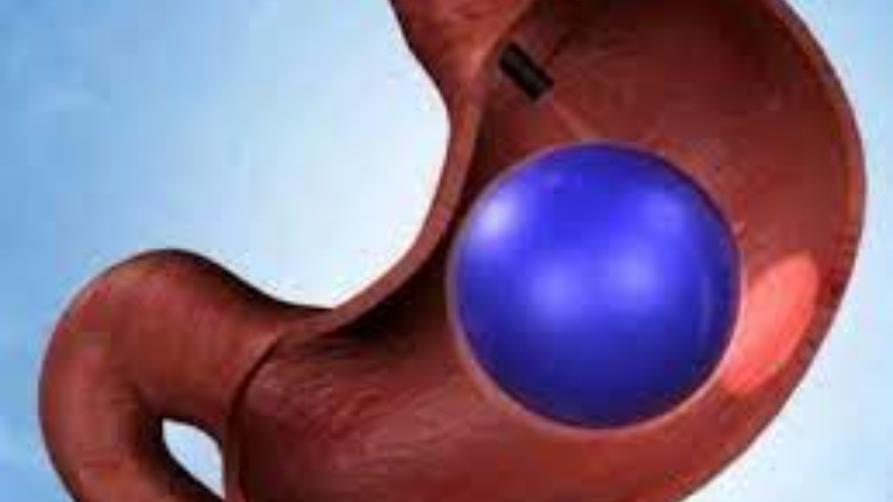


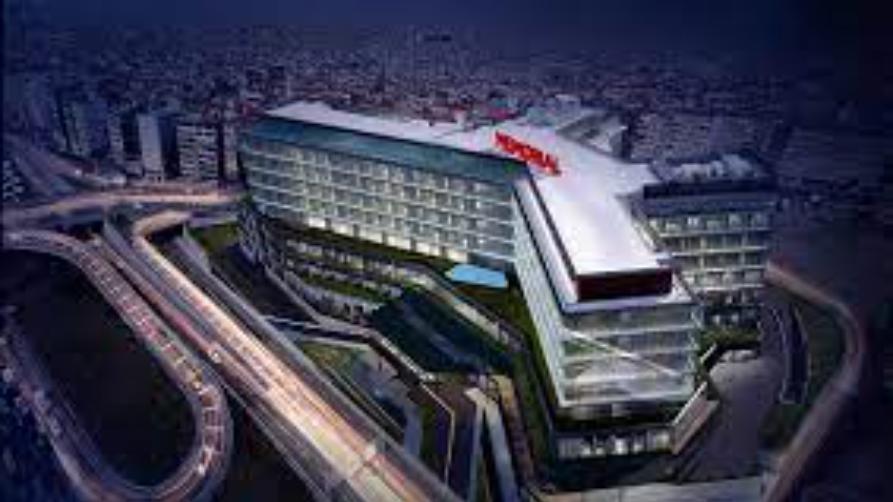
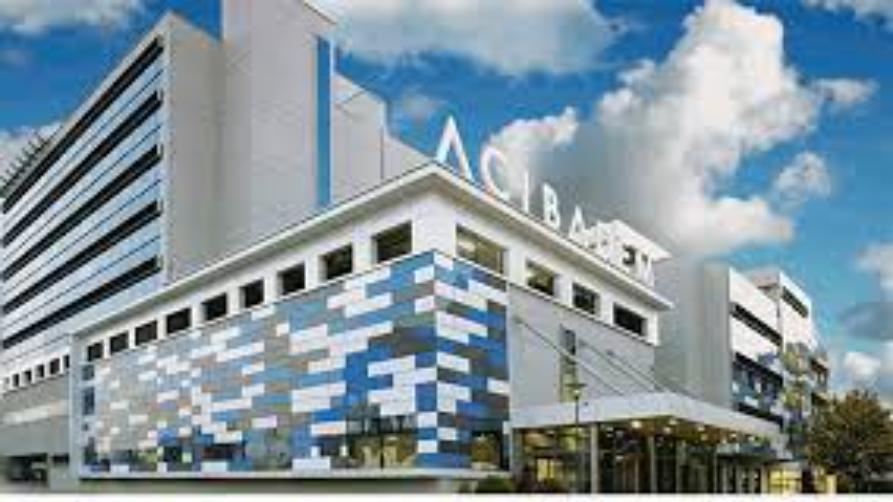
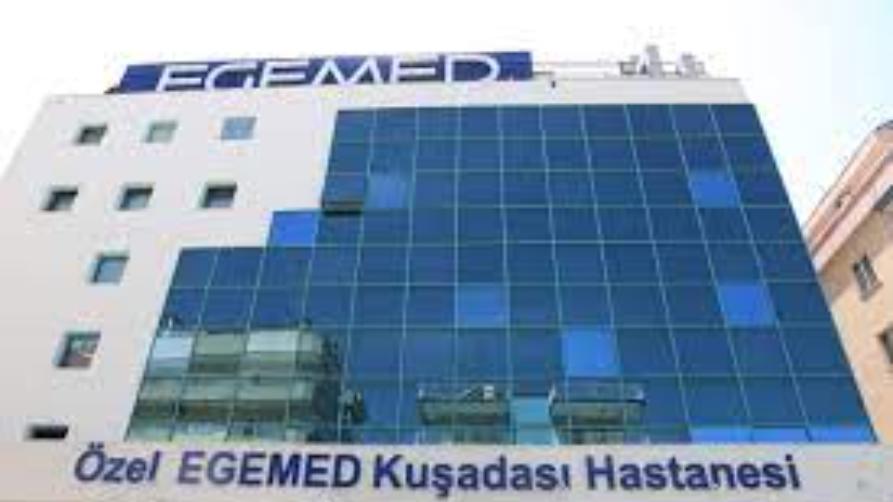

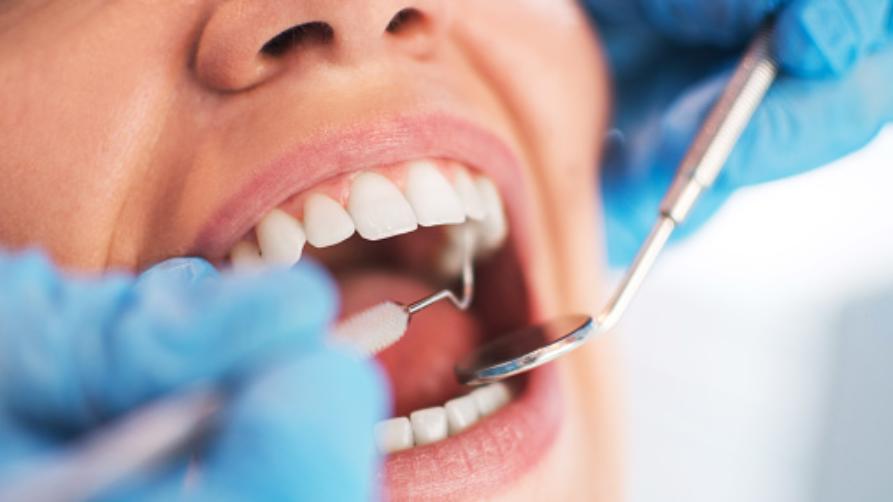
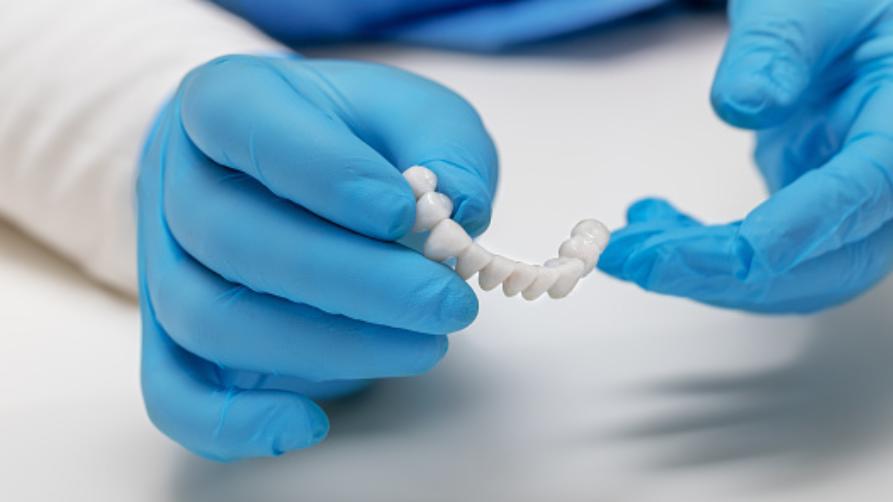
Leave a Comment